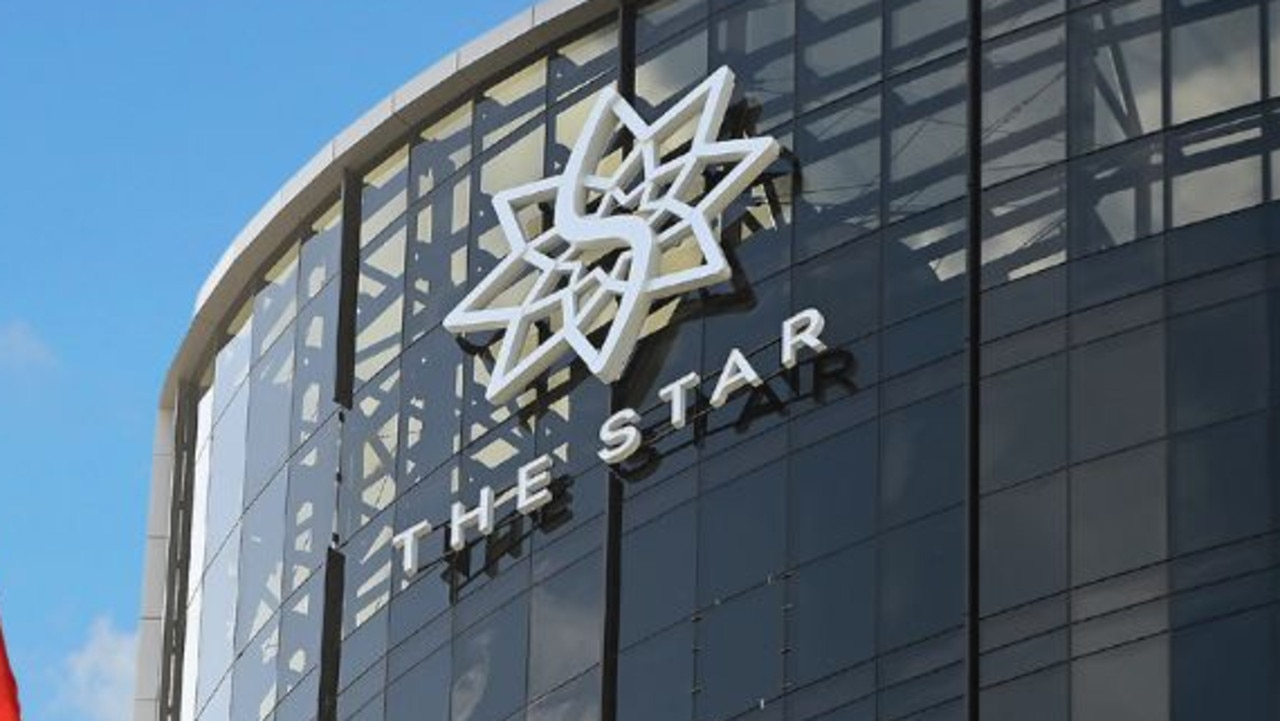New consortium, Green Iron SA, looking to develop a generational green iron export operation
South Australia could supply Asian markets with high-value green iron for decades to come, a newly formed consortium, Green Iron SA, says.

Business
Don't miss out on the headlines from Business. Followed categories will be added to My News.
South Australia could supply Asian markets with high-value green iron for decades to come, a newly formed consortium, Green Iron SA, says, as it releases its vision for mining, processing and exporting iron ore and processed products, taking advantage of the state’s vast magnetite resources and abundant renewable energy.
Mining developer Magnetite Mines, the state’s major ports operator Flinders Ports, Australia’s largest rail freight operator Aurizon and major consulting firm GHD have come together to form the group, which recently lodged an expression of interest with the state government around the state’s green iron opportunity.
The consortium has a plan for a staged approach, which would initially involve developing a magnetite mining operation in the Braemar region in the state’s east.
This would be followed with a plan to produce export-grade pellets, and finally, the construction of a direct reduced iron plant.
The vision is to build the processing operations at Port Pirie, where Flinders Ports has ample export capacity, with the industrial town also well supplied in terms of skilled labour, infrastructure connections, usable land, and energy.
The DRI plant would be a potential customer for the state government’s hydrogen hub project being developed out of Whyalla, and would enable the consortium to produce a product with strong green credentials.
Magnetite Mines chief executive Tim Dobson said that globally, there was strong momentum to decarbonise the steel industry, which was driving a need for high quality magnetite.
“There’s only a handful of very large, scalable projects in the world that can meet both the scale and the quality requirements to feed this new industry with a direct-reduced pellet feed product,’’ Mr Dobson said.
“That’s why we’re super excited about it, because it’s massive. There’s potentially 100 years of supply there.’’
Magnetite Mines' Razorback deposit contains an ore reserve of almost two billion tonnes of ore, with the company owning other significant deposits also.
Mr Dobson said there was competition out of the Middle East to be the first mover in this emerging industry, but SA had great potential to become a major supplier into markets such as Japan, China and South Korea.
Stewart Lammin, chief executive at Flinders Ports, said Port Pirie was already an export town, with his company’s part in the process “almost the easy bit”, with the company well across what it would need to do to scale up the landside infrastructure.
GHD executive leader energy and resources Mike Nolan said his firm had decided about five years to get out of certain emissions-intensive sectors and focus on projects which were forward-focused in terms of emissions reduction.
He said the lion’s share, at about 90 per cent, of emissions in the steelmaking process are linked to blast furnace operations, so there was a huge opportunity in the green steel space from a shift to natural gas and later hydrogen.
“Just by substituting natural gas creates a 50 per cent reduction in emissions,’’ Mr Nolan said.
“By time it gets to hydrogen, it’s going to be a 95 per cent reduction.
Mr Dobson said the state government’s role in bringing the Green Iron SA vision to life would be in areas such as streamlining approvals and eliminating red tape, as well as potentially royalty relief, and helping with infrastructure corridors.
On the federal front, he said the project fit neatly into the ambitions for the Future Made in Australia suite of policies.
“We’re seeing these very large Future Made in Australia and Building the Regions funds now sitting there, not being deployed,’’ he said,
Mr Dobson said the project was not looking for a handout, but facilitating the infrastructure needs such as power, water and energy is where federal funding could play a part.
“Whether it’s through direct funding or guaranteed loans, but the government’s posturing is essential to get the gaze of the customers that we’re talking to,’’ Mr Dobson said.
“We’ve managed to secure a heads of agreement with Japan’s second-biggest steelmaker, JFE ... they’re watching the playing field carefully.
“So the government being shoulder to shoulder with industry here, and not just miners, but logistics, is going to be essential to get that money coming this way, not going to Abu Dhabi, or not going to North Africa or somewhere else.’’
Research carried out on behalf of Magnetite Mines indicates the mining operation alone would create about 2850 jobs directly and indirectly and boost gross state product by $1bn.
Originally published as New consortium, Green Iron SA, looking to develop a generational green iron export operation



